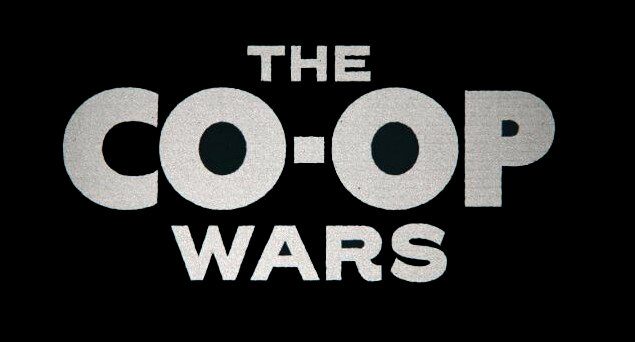Time and again in our interviews for Radical Roots, people have emphasized that the food co-ops were not built in a vacuum. They were part of a boom of overlapping groups and institutions in the Twin Cities. As Storefront Revolution author Craig Cox says in this clip:
“There were counterculture softball teams and movie nights and garage/car repair places. There was clothing stores. There was North Country General Store. I think at its peak, like ‘79 or ‘80, there were like 300 or 350 sort of counterculture/alternative entities that contributed to this quality of life for this, you know, pretty large community of people who kind of wanted to take it off the grid politically and commercially.”
This scene, exceptional in the country, helped people feel that they were truly “building the new world in the shell of the old,” as the Industrial Workers of the World used to say.
Although this alternative economy dispersed as its Baby Boomer participants aged, many elements of it lived on and continued to provide services and livelihoods to many (our producer, Erik Esse, has worked or volunteered for four of them: North Country Co-op, West Bank School of Music, In the Heart of the Beast Theater, and KFAI). And, although we never reached the goal of a thousand co-ops with a thousand members, we now have 18 food co-op locations (soon to be 21) with around 100,000 members, supporting hundreds of local producers.
But what about our revolutionary old age? You can now retire to a senior living co-op and some are putting thought about how your retirement savings can build the cooperative economy. How has this alternative economy touched your life?
Help us share the important story of how the co-ops became what they are today by donating at Seed & Spark, and following us on Facebook, and Twitter.
